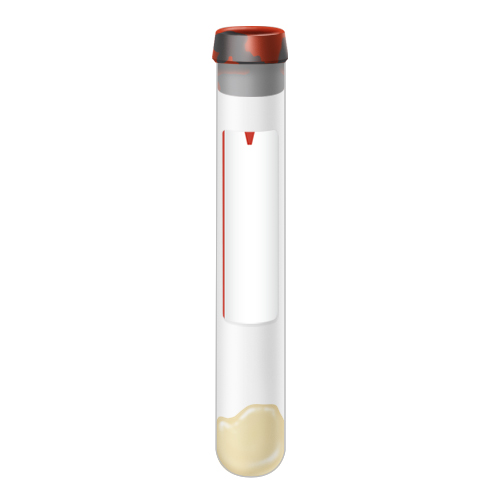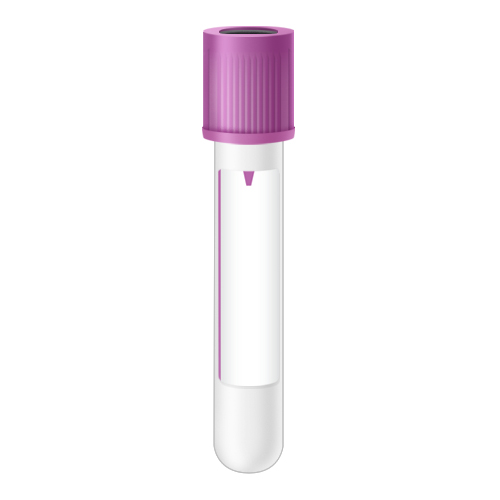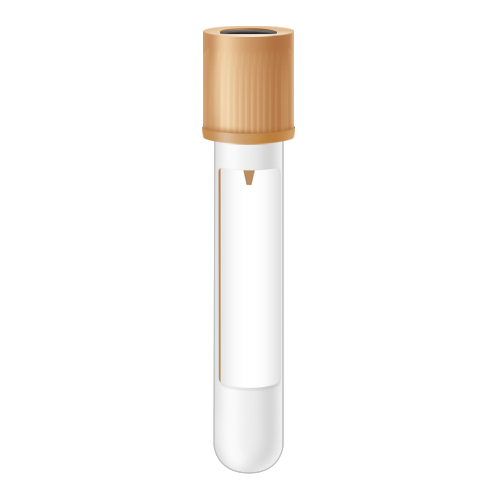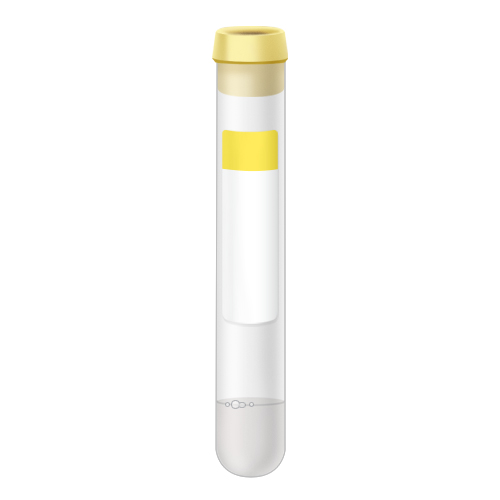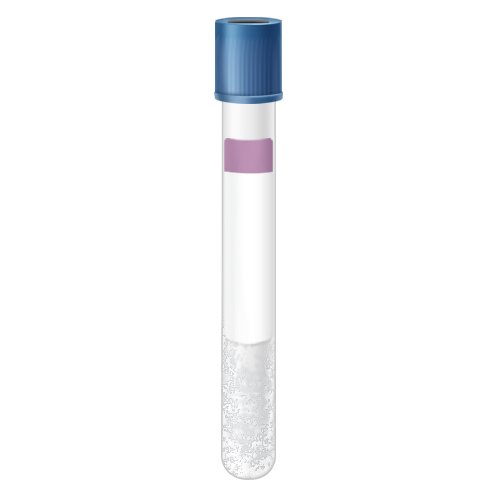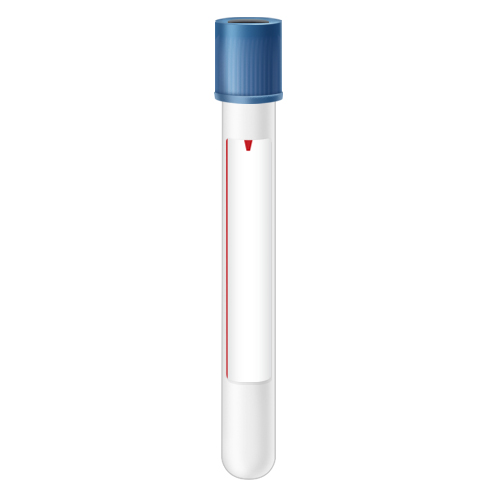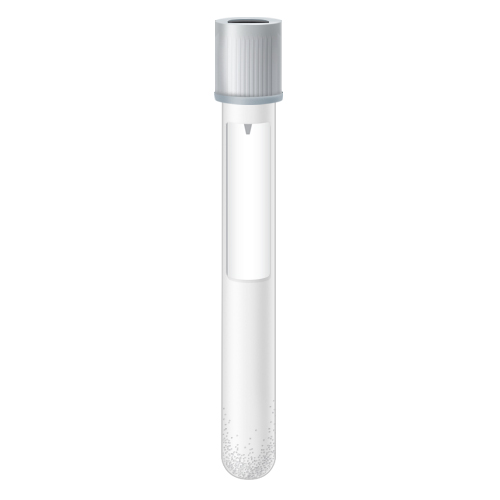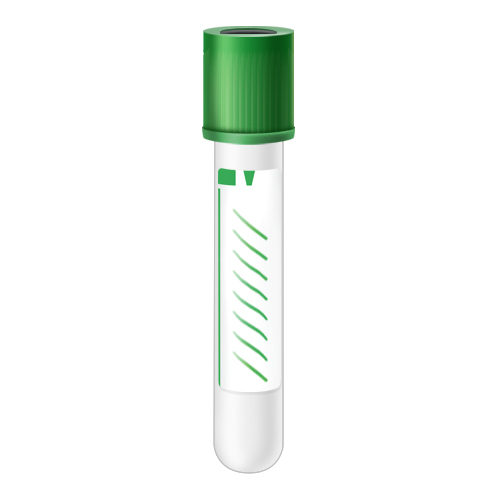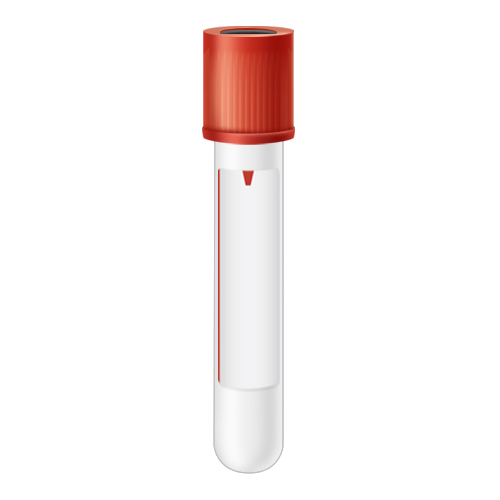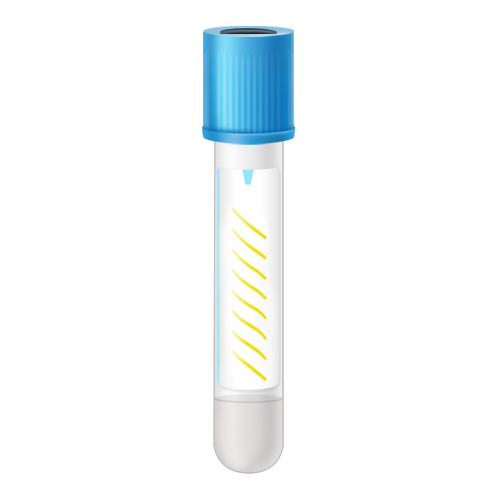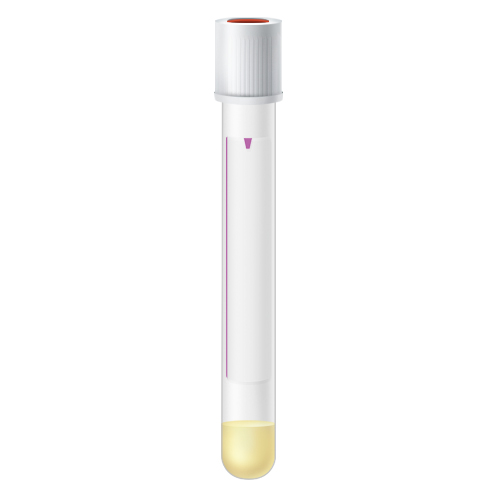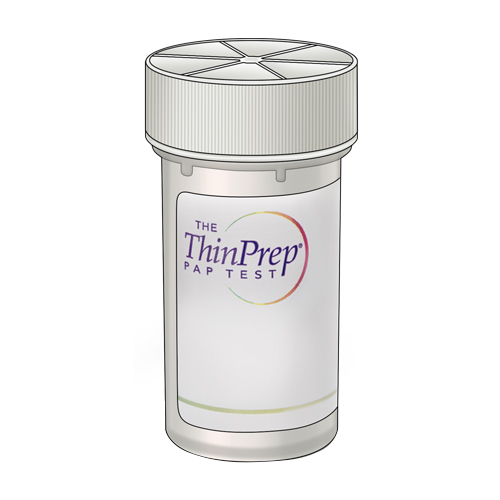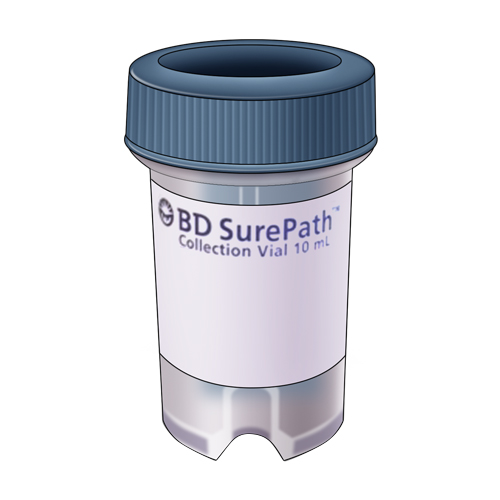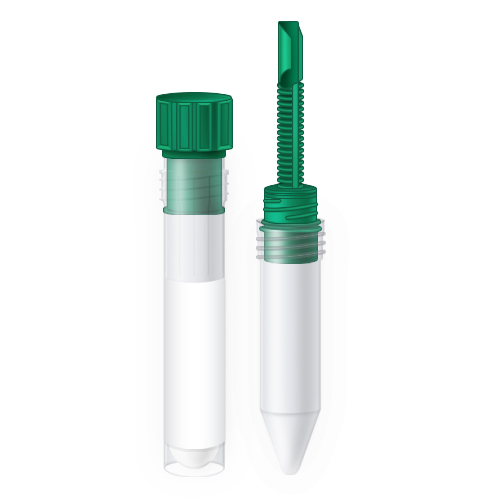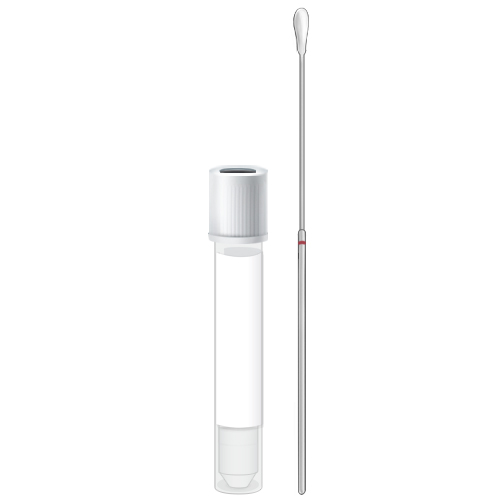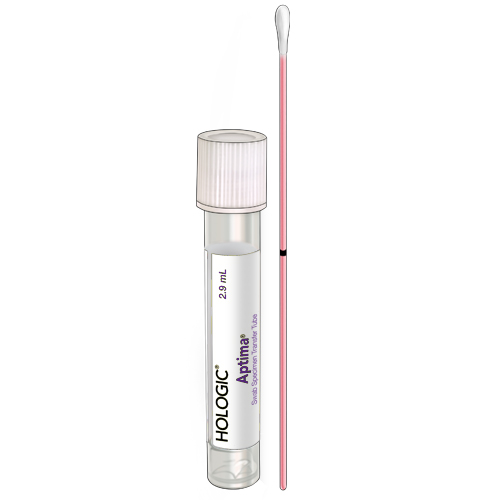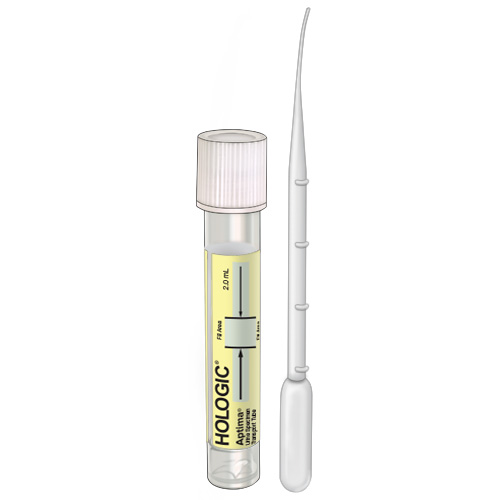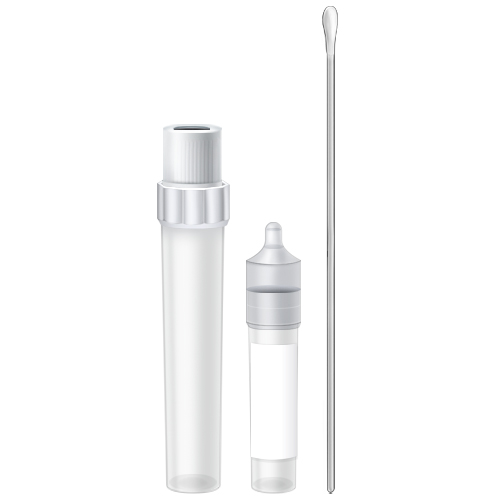According to the CDC, more than 37 million Americans have diabetes, with another 96 million adults have prediabetes, but some may not know they have it. November is National Diabetes Awareness Month, and to bring awareness to this disease, we’re breaking down the top things you need to know about diabetes and how this condition is diagnosed.
How Is Diabetes Diagnosed?
Diabetes is a disease that affects how your body processes glucose. Glucose, commonly referred to as blood sugar, is a vital source of energy for cells. Untreated diabetes or poorly controlled blood glucose can lead to an increased risk of heart attack, stroke, and nerve damage.
A diabetes diagnosis varies based on suspected causes, symptoms and other risk factors and will also be classified as type 1 or type 2. Certain symptoms may prompt your healthcare provider to order a diabetes test. Diabetes symptoms for both type 1 and type 2 include:
- Sores that heal slowly
- Fatigue
- Frequent urination
- Weight loss
- Blurred vision
- Irritability
- An increase in hunger or appetite
If you have sudden or steady onset of these symptoms, contact your healthcare provider.
Characteristics of Type 1 Diabetes
Most researchers believe type 1 diabetes results from genetic susceptibility to environmental factors. Insulin helps to control glucose levels, and without insulin, glucose can build up in the bloodstream. There are approximately 1.6 million Americans with Type 1 diabetes, including roughly 200,000 under the age of 20.
Characteristics of Type 2 Diabetes
Unlike type 1 diabetes, type 2 diabetes is closely linked to obesity and diet. Type 2 diabetes causes blood cells to become resistant to the regulatory action of insulin. Without insulin effectively facilitating glucose processing, blood sugar levels can reach unhealthy levels.
Characteristics of Gestational Diabetes
Pregnant women can sometimes develop what is known as gestational diabetes. The placenta normally produces hormones that support a healthy pregnancy and in most women, their pancreas can produce more insulin to deal with any glucose resistance in blood cells caused by these hormones. Just as type 2 patients can then develop high levels of glucose in their blood, pregnant women experience the same effects and symptoms. Gestational diabetes can also lead to an increased risk of developing type 2 diabetes after pregnancy. According to the CDC, between 6 and 9% of pregnant women develop gestational diabetes.
Diabetes Diagnosis Criteria
The presence of diabetes symptoms may result in the need for testing. Risk factors such as obesity, a family history of diabetes, or other environmental factors including diet may lead your physician to order blood work to learn more. Even if you don’t have symptoms, these risk factors alone can make regular sampling and testing an important part of evaluating the likelihood of developing type 2 diabetes.
Diagnosing and treating diabetes early can prevent heart attacks, stroke, vascular disease and permanent nerve damage.
The A1C Diabetes Test
Also known as a glycated hemoglobin test, the A1C is a blood test that can determine an average blood sugar level over the previous two or three months. It measures blood sugar as a percentage attached to hemoglobin, which is the protein responsible for carrying protein in red blood cells. This test can also be used to diagnose diabetes and monitor your response to treatment.
An A1C level of 6.5.% indicates diabetes. You will likely be asked to take two separate tests to confirm the results.
Prediabetes is indicated by an A1C level between 5.7% and 6.4%. Patients with prediabetes may have less pronounced symptoms than those with glucose levels that meet the 6.5% threshold. Further testing may be required to confirm or rule out a diabetes diagnosis, including:
- Random blood sugar test
- Oral glucose tolerance test
- Fasting blood sugar test
Next Steps
If you are concerned about diabetes, consult your healthcare provider about testing and diagnosis.
Sources:
- https://www.cdc.gov/diabetes/basics/getting-tested.html
- https://www.cdc.gov/diabetes/library/features/diabetes-stat-report.html
- https://www.jdrf.org/t1d-resources/about/facts/
- https://www.cdc.gov/reproductivehealth/maternalinfanthealth/diabetes-during-pregnancy.htm
- https://www.diabetes.org/a1c/diagnosis
- https://www.bioreference.com/


